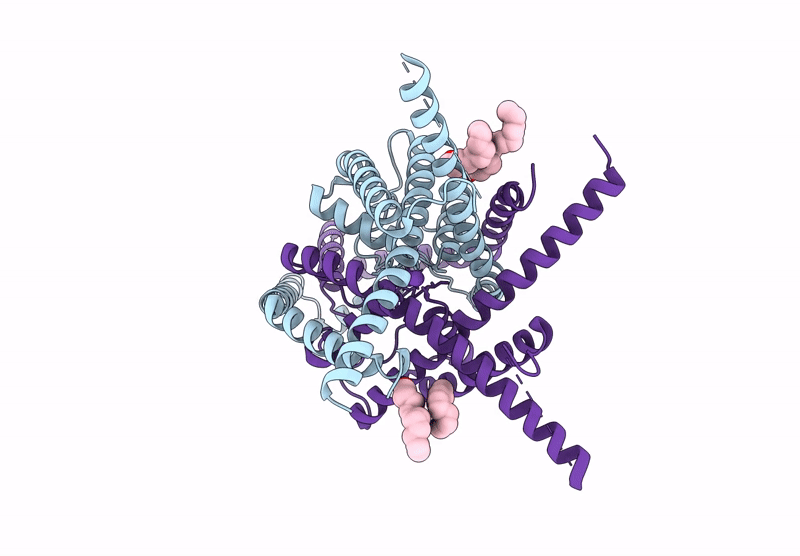
Deposition Date
2024-09-08
Release Date
2025-05-07
Last Version Date
2025-07-30
Method Details:
Experimental Method:
Resolution:
3.07 Å
Aggregation State:
PARTICLE
Reconstruction Method:
SINGLE PARTICLE


